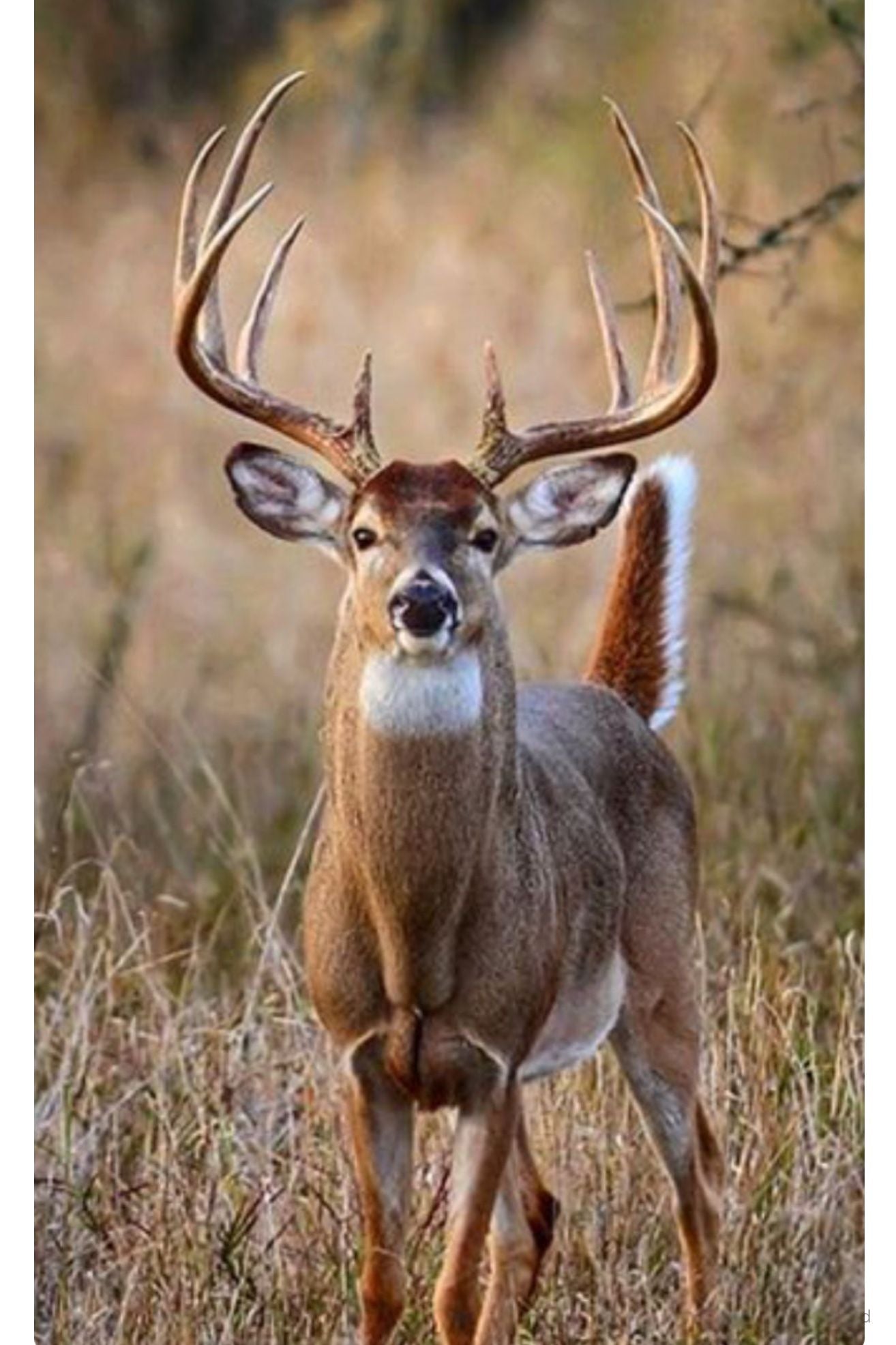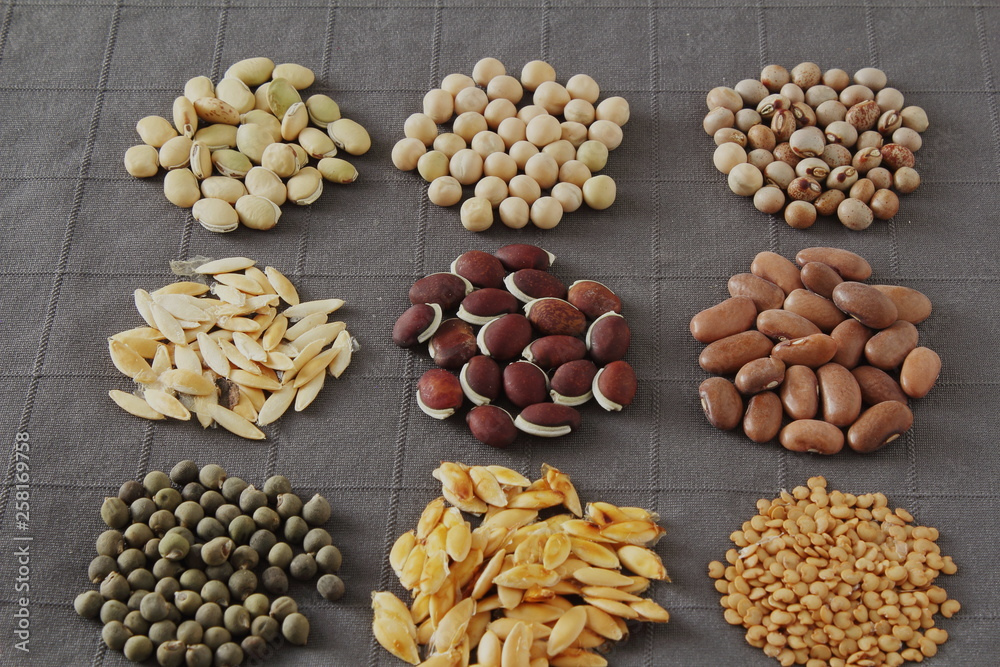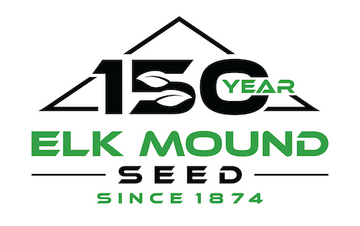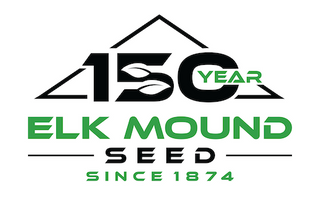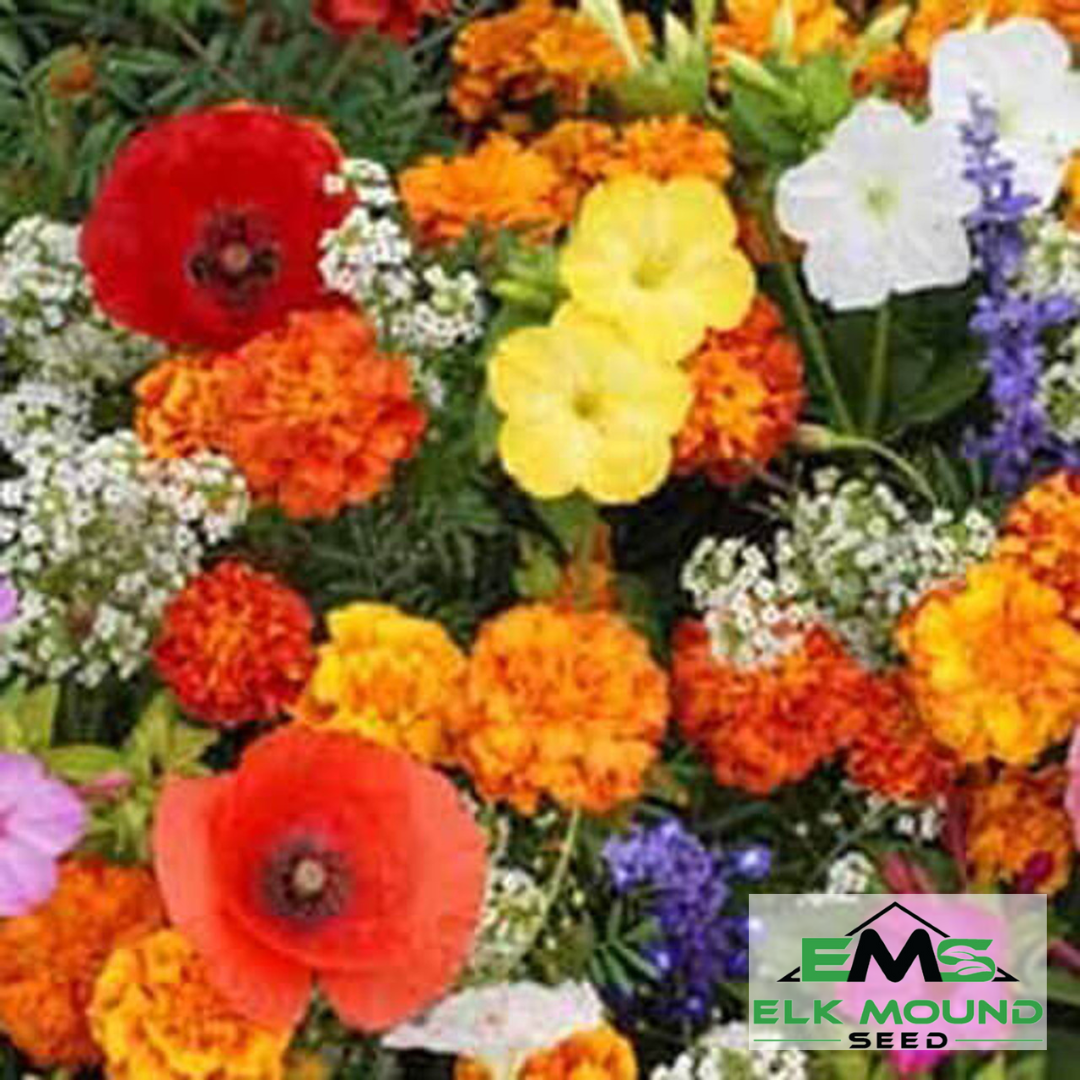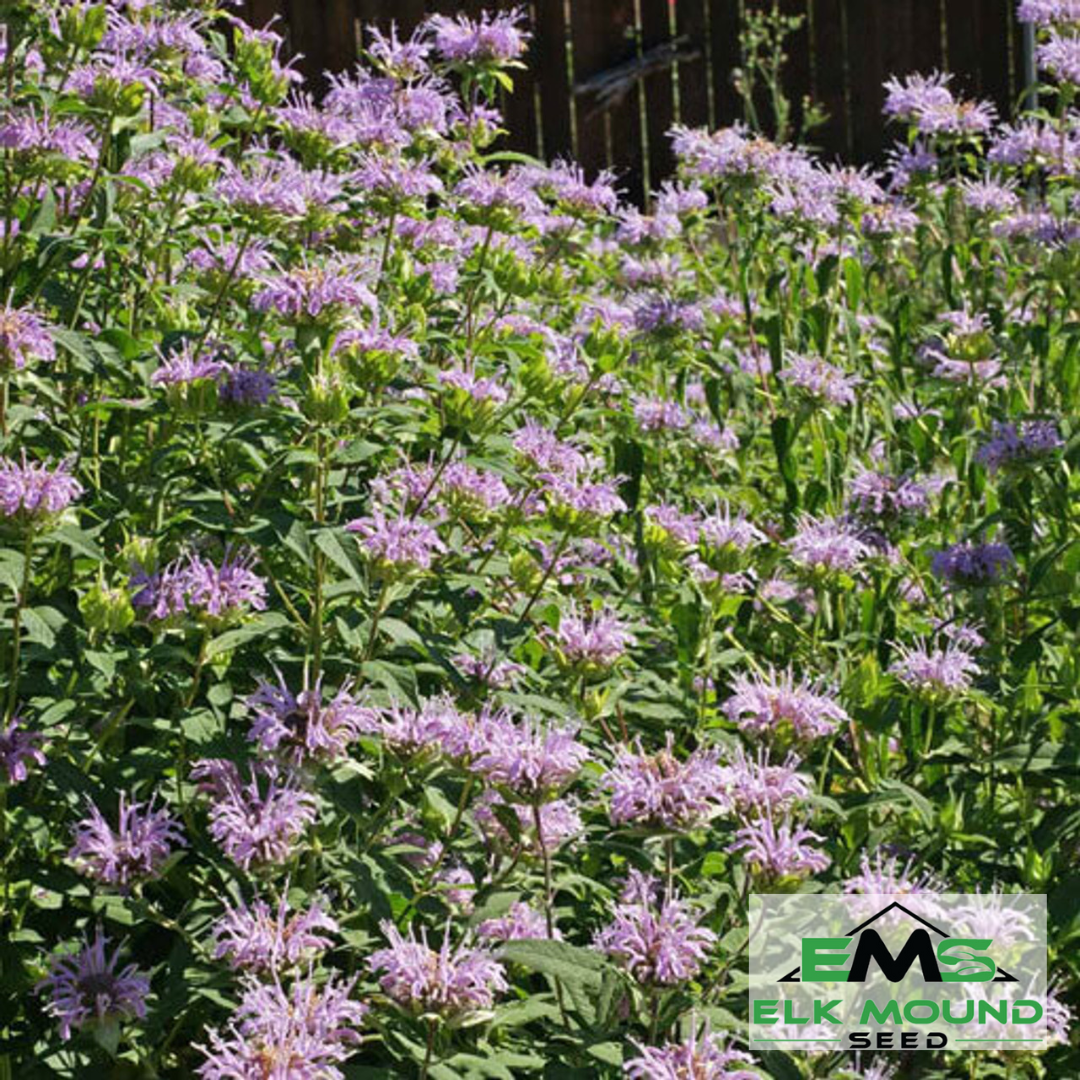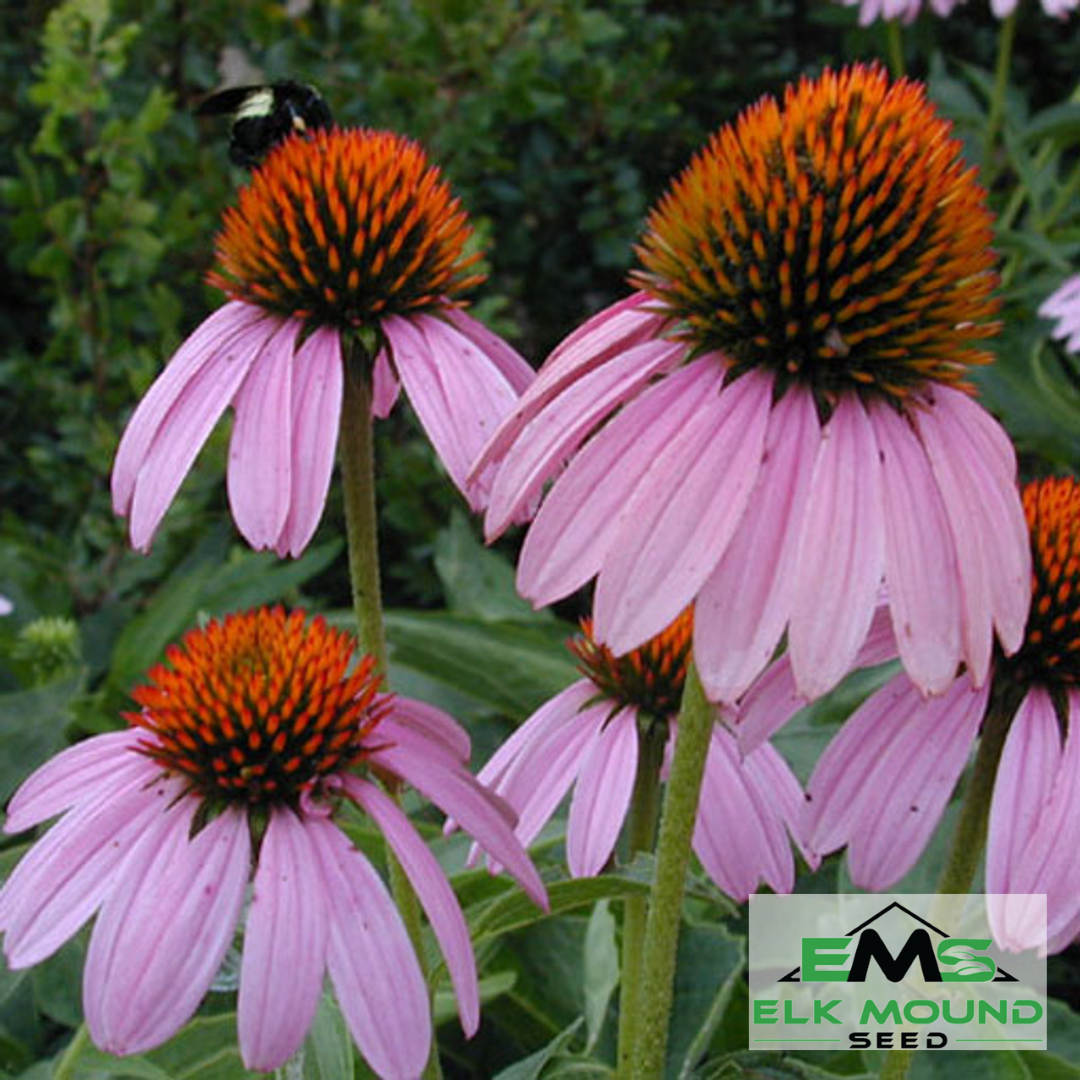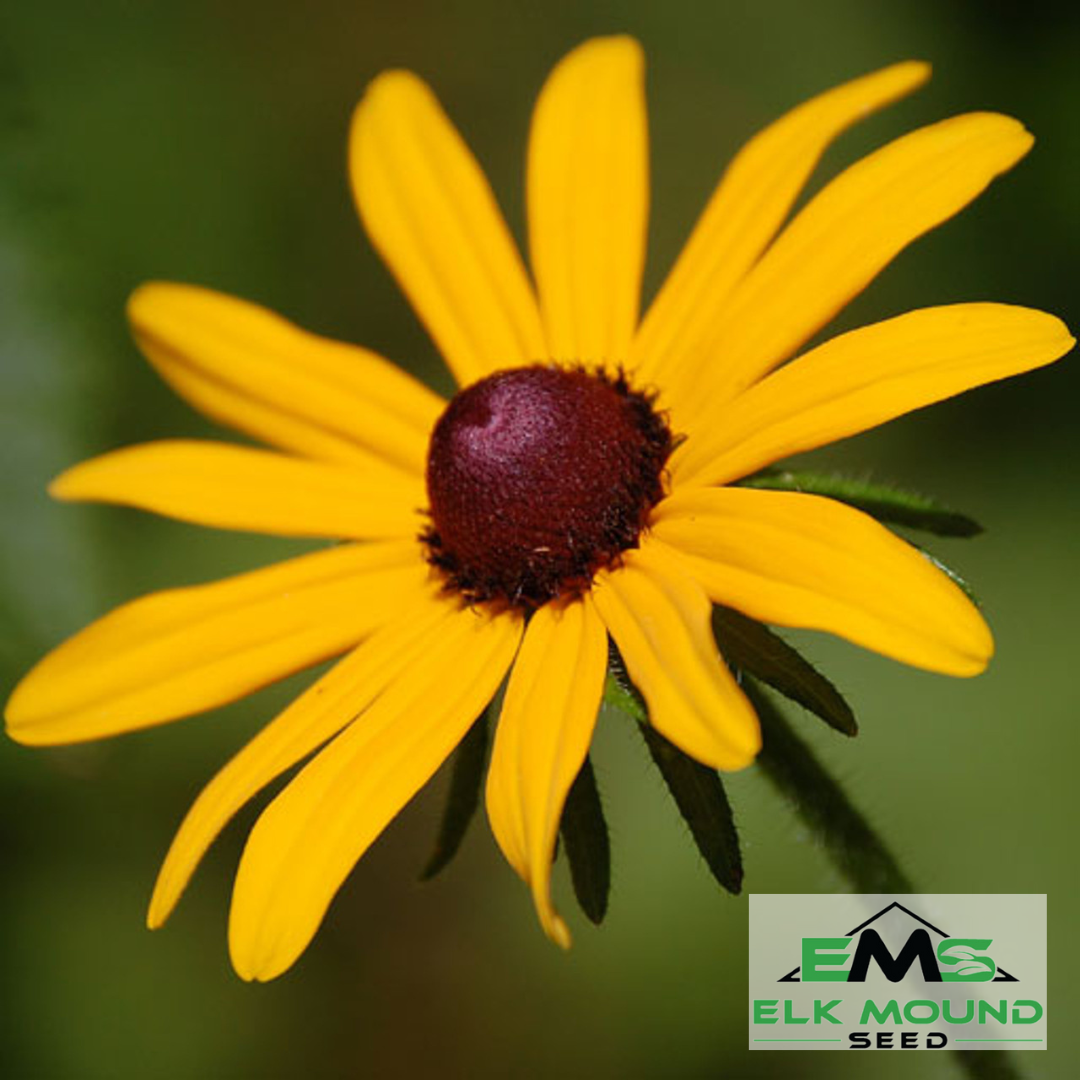You’ve done the work to prepare your soil and site for wildflowers. You’ve planted at the correct time with proper depth and seeding rate. You begin to experience what a full wildflower patch or field can look like and then come the deer and they munch all your flowers away! This scenario is common among wildflowers, especially in areas where the deer herd is abundant.
The question then becomes, how can I keep the deer away from my wildflowers? First, let’s begin at the planting stage. Sowing wildflowers that are not very palatable to deer will lessen the chance they choose to browse your fields. We at Elk Mound Seed carry a specific deer resistant wildflower mix, that is an excellent option. Additionally, individual species such as Wild Bergamont / Bee Balm (Monarda fistulosa), Purple Coneflower (Echinacea purpurea) and Black Eyed Susan (Rudbeckia hirta) are a few popular flowers less attractive to deer. However, even these less palatable flowers may still be grazed by wildlife if the herd population is large and forage availability is low.
Second, the surrounding forage availability can also affect deer feeding on your wildflowers. If neighboring properties have food plots or row crops such as corn or soybeans, it could become more or less challenging depending on the deer herd population. If these properties provide enough forage for the deer herd, your wildflowers may be left alone. However, if your neighbor’s properties attract a large deer herd and the field doesn’t provide enough forage, they may wander onto your property for additional forage.
Thirdly, fencing can help keep deer from your wildflowers. Similarly to what gardeners do to keep their crops flourishing, fencing can keep deer and other wildlife from your wildflowers. A downside of this option is it can become quite costly, depending on the size of your plot.
In conclusion, preparation of wildflowers seeds you are planting, understanding your surrounding area’s deer herd and forage availability and, if available, fencing will help you develop a lush, wildflower patch. Our team at Elk Mound Seed is always available to assist with questions.

